Two Shanghai Art Fairs Upended by One COVID-19 Case, What Will the Future Hold for China’s Art Market?

SHANGHAI — It only took one COVID-19 case to disrupt the art fair market in China.
As one of the most important local art fairs, Art021 opened in downtown Shanghai with a busy crowd on Nov. 10. But merely 24 hours later, after one security guard tested positive for COVID-19, the four-day fair was brought to an abrupt end.
More from WWD
A Look at Artist Yvette Mayorga's Most Recent Show at The Momentary
Inside Charisse Pearlina Weston's Solo Exhibition at the Queens Museum
Event organizers, gallerists and fair-goers were quickly ushered out of the scene. Some were later summoned to quarantine for seven days as “close contacts” of the COVID-19 infection.
Images and videos of hazmat-suited pandemic workers disinfecting the venue alongside exposed artworks quickly circulated online, but a spokesperson for Art021 quickly clarified to local media that the booths were not a part of disinfection and works were well-protected by the time of closure.
The sudden halt comes as China rolled out a campaign to ease COVID-19-related measures. But with the “zero-COVID-19” policy still in place, local officials continue to worry about upticks in cases and stuck to strict control rules.
One-hundred-thirty-four galleries — including Perrotin, David Zwirner, White Cube Balice Hertling and David Kordansky Gallery — were affected by the closure of Art021.
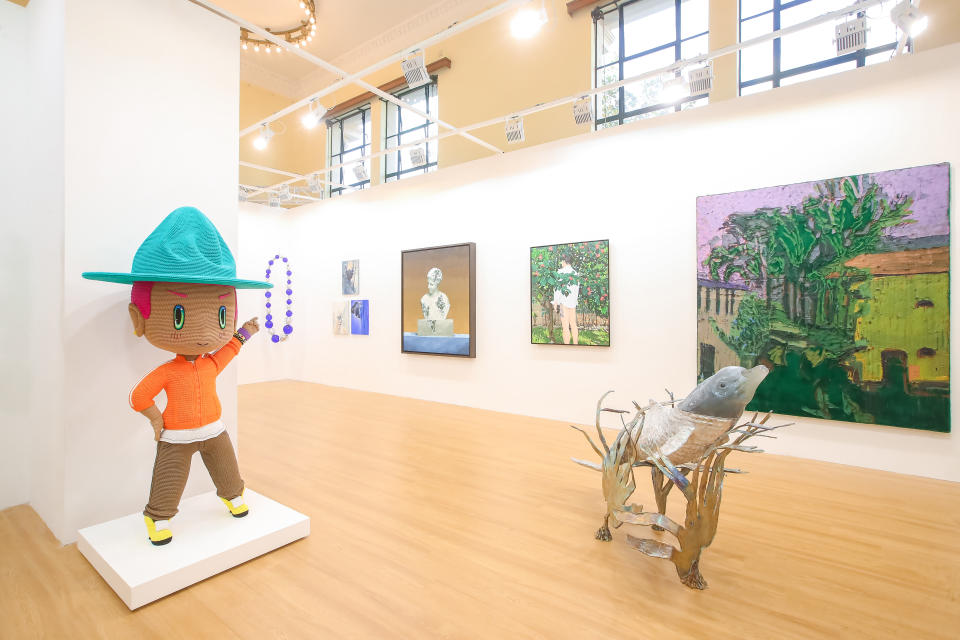
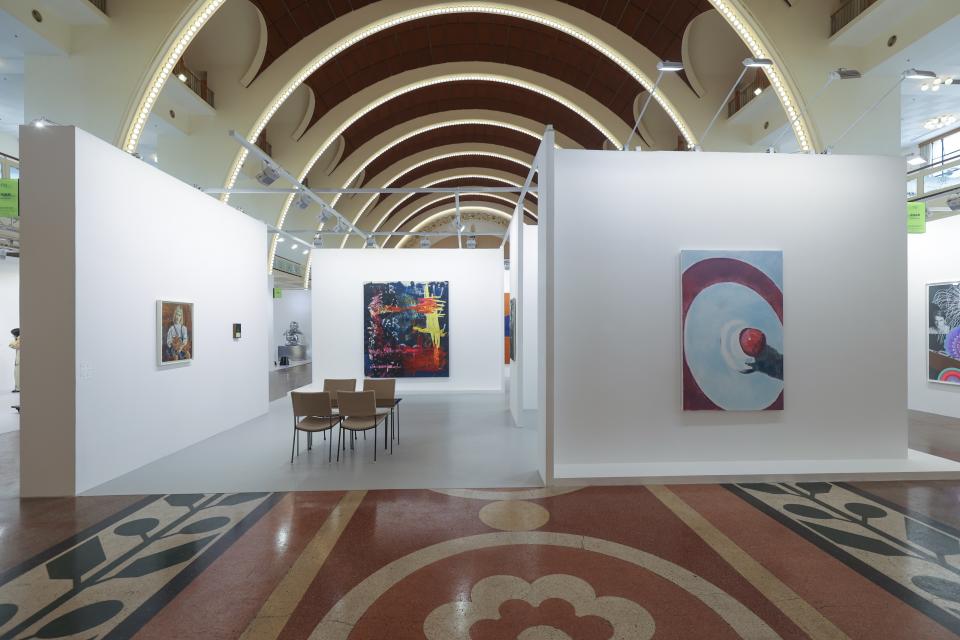
At the other side of town, West Bund Art & Design, a concurrent fair, which hosted more than 100 galleries, including Hauser & Wirth, Sadie Coles, Ota Fine Arts, Lisson Gallery and Pace Gallery, had better luck. Prominent galleries such as Perrotin, White Cube, Almine Rech and Whitestone hosted a second booth at West Bund Art & Design, with aims to cater to a slightly different audience base and express overall commitment to the market. But citing “health and security concerns,” West Bund also wrapped up a day early.
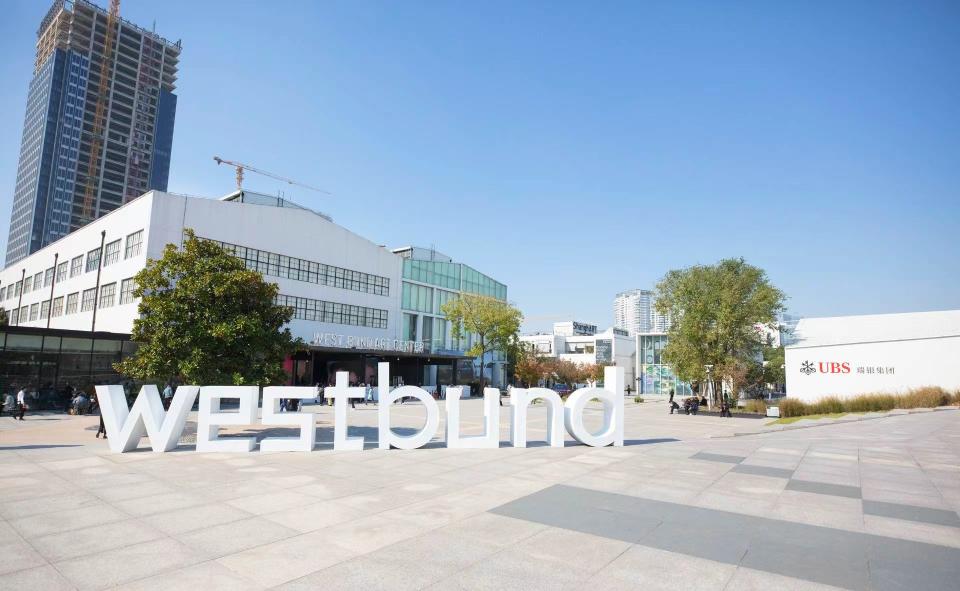
Two short-lived art fairs had an immediate cooling effect on market confidence and pointed to unpredictable situations that event organizers face in the country, but galleries still managed to report sales.
According to local media reports, Anish Kapoor‘s “Shudder” sold for 7.9 million renminbi, or $1.1 million, at Lisson Gallery.
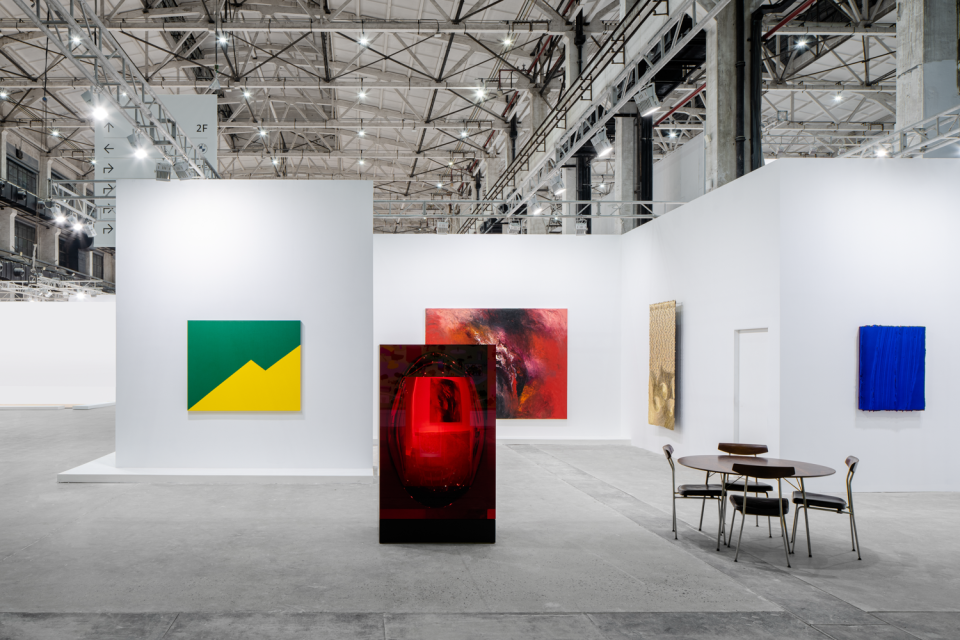
Hauser & Wirth presented a solo presentation of post-war German artist Günther Förg. Multiple works, with prices ranging from $60,019 to $362,187, were sold on the first day of the fair to Chinese collectors and a private Chinese art institution.
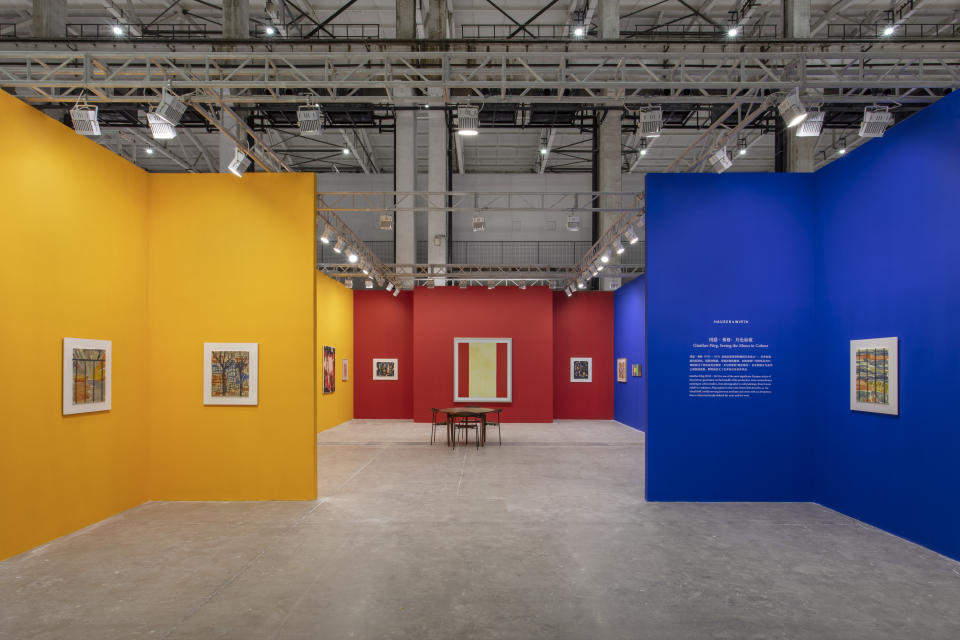
At West Bund, Whitestone Gallery offered a solo presentation of Japanese artist Etsu Egami, whose 12 works, ranging from $14,000 to $37,000, had already sold out before the fair opened.
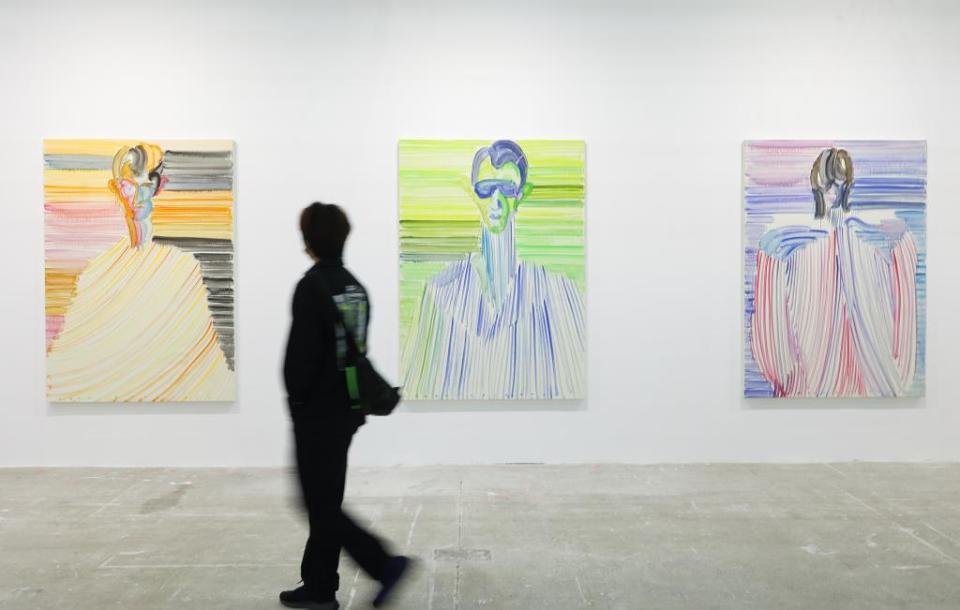
At Art021, many galleries, including David Zwirner, Perrotin and Shanghart, were able to close deals for around 50 percent of their works on the first day of the fair. Beijing-based Line Gallery sold 70 to 80 percent of its artworks before the fair opened to VIP guests.
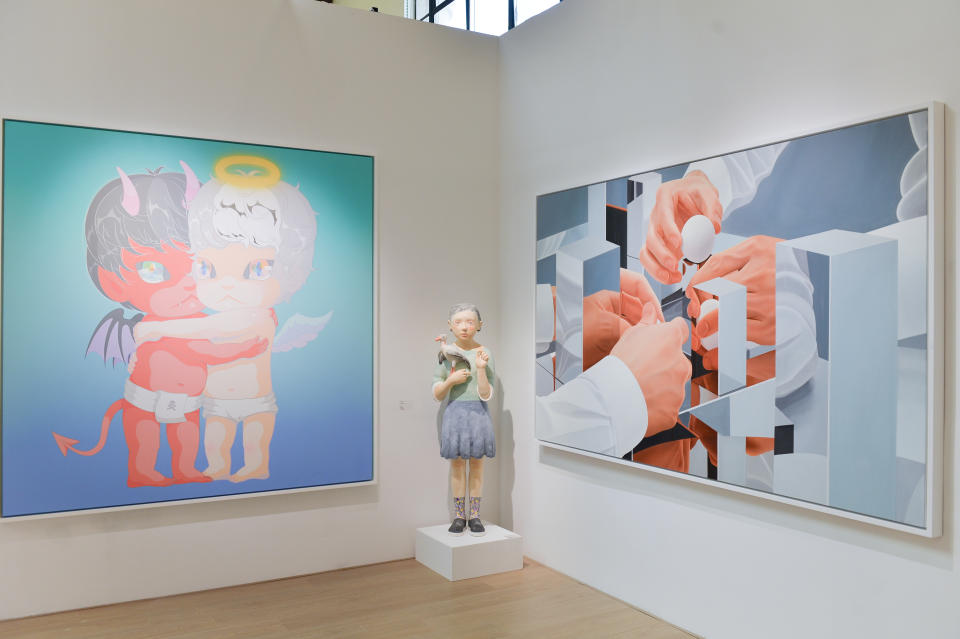
But a shortened art fair meant less experienced collectors were unable to make “impulse buys,” said an industry insider.
“The deal-making process is usually very fast, but some collectors, who were hoping to take a second or third look at the works, were unable to do so this year,” said Spurs Gallery’s Mengyao Sun, echoing the same sentiment.
An element of surprise was also amiss at this year’s art fairs.
“At West Bund, I saw lots of the same artists as before. In regards to [Art]021, I noticed there was so much Pop Art with lots of urban references, which was really catering to a younger, less art-savvy generation,” said Lama Hourani, the Jordanian collector and jewelry designer.
“Usually you discover one or two unusual, experimental or emerging artists. I saw some interesting stuff as well, but I just felt overall, they [galleries] were going for the safer side,” Hourani added.
Playing it safe has been an ongoing trend in art fairs since the start of the pandemic in 2020, according to art market observer Teng Zhang.
“We see fewer blue-chip artworks showing up at Shanghai’s art fairs. It’s possible that the gallery’s attitude toward the China market, in terms of return on investment and travel expenses, has cooled,” Zhang said. “How the overall market will recover, including COVID-19 and its spillover effects, is yet to be seen.”
But an emerging Chinese collector scene gives the market some hope. Gen Z collector Cherry Xu saw some “delightful surprises” at this year’s fairs, citing works by Alex Da Corte, Oliver Beer and Fei Chen. At this year’s fairs, Xu bought pieces from local artists Shurui Li, Guan Xiao and New York-based Emma Stern.
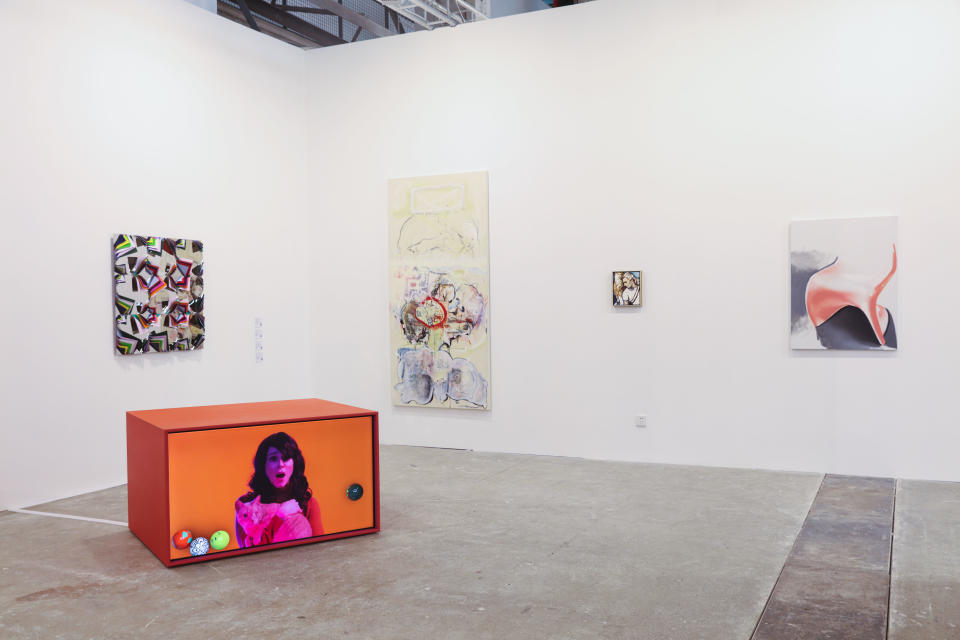
“But with the Shanghai lockdown and economic instability, I’ve slowed down the pace of collecting,” Xu said. “I began to spend more time getting to know the ideas expressed through the artworks and think about the relationship between the works and myself.”
Despite art fair woes, the Chinese market remains one of the world’s most important art markets in the world. According to a recent Art Basel & UBS Report, “A Survey of Global Collecting in 2022,” more than 34 percent of mainland China collectors have plans to spend more than $1 million on artworks this year, which ranked second after France’s 60 percent.
According to the report, in 2021, the share of global imports of art and antiques in the mainland China market increased 6 percent year-over-year to 10 percent, overtaking the U.K. and coming in third after the U.S. and Hong Kong.
For collectors and galleries alike, art fairs will carry on despite this year’s setbacks. “The fact it [art fairs] happened is a great thing for the audience, the artists and the galleries, even though it was a bit of a short glimpse of hope,” Hourani said. “Nonetheless, it brings a lot of joy. Art is so important. It’s a crucial part of the face and identity of a place.”
“The enormous enthusiasm and the support that I felt at the fairs reassured me of Chinese collectors’ passion and faith for China’s contemporary art market,” Xu said.
In sync with the art fairs, more than a dozen art shows and exhibitions opened successfully in the past week.
In downtown Shanghai, at Prada‘s Rong Zhai, “Michael Wang: Lake Tai” explored aquaculture in the local Yangtze River region. “Women in Abstraction” and “Hu Xiao Yuan, Path in the Sand,” both a part of Centre Pompidou and West Bund Museum Project’s five-year collaboration project, opened at West Bund Museum. At Chi K11 Art Museum, “Women Observed,” Caroline Walker’s first solo exhibition in China, is another exhibition focused on a female artist.
Best of WWD

